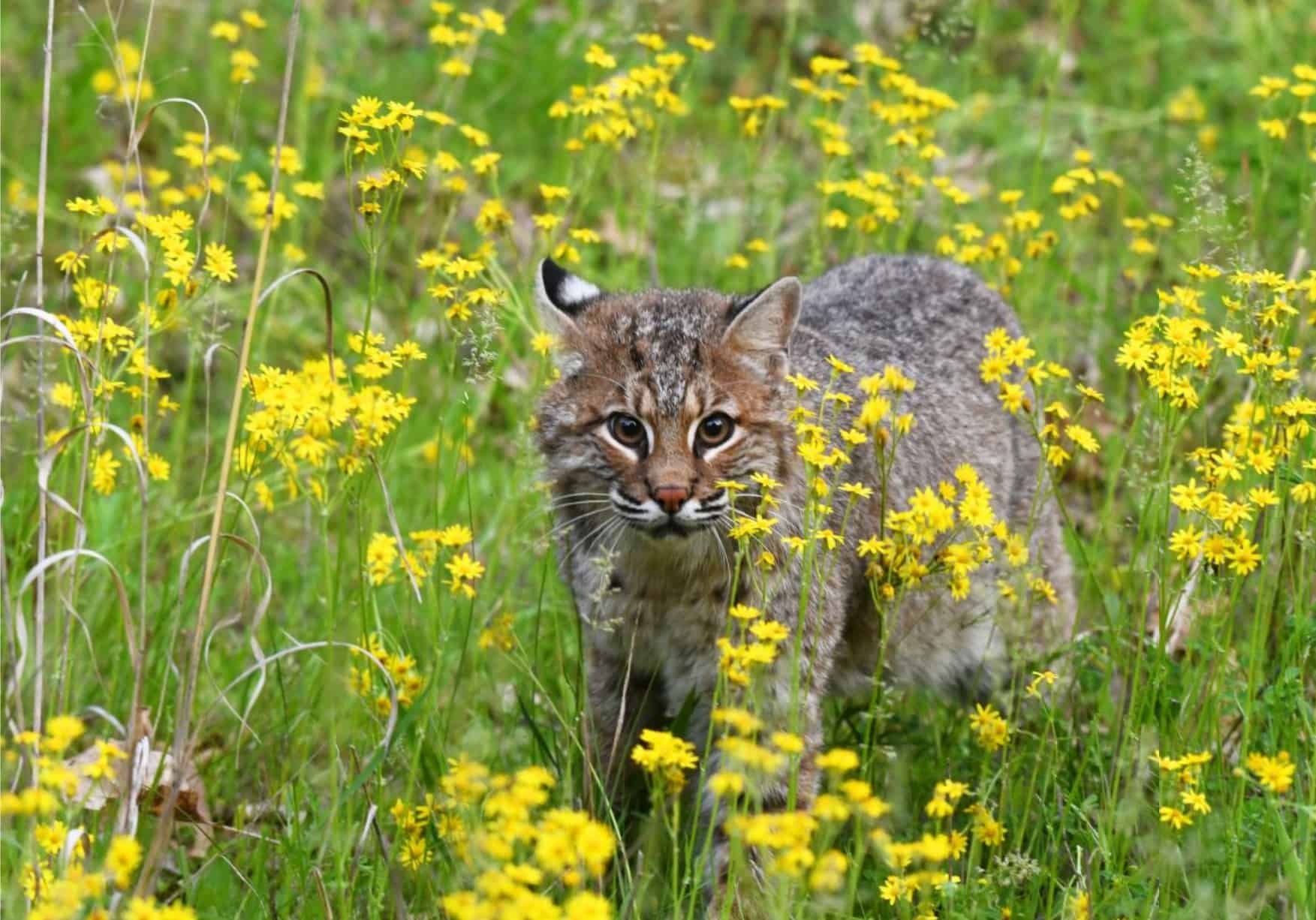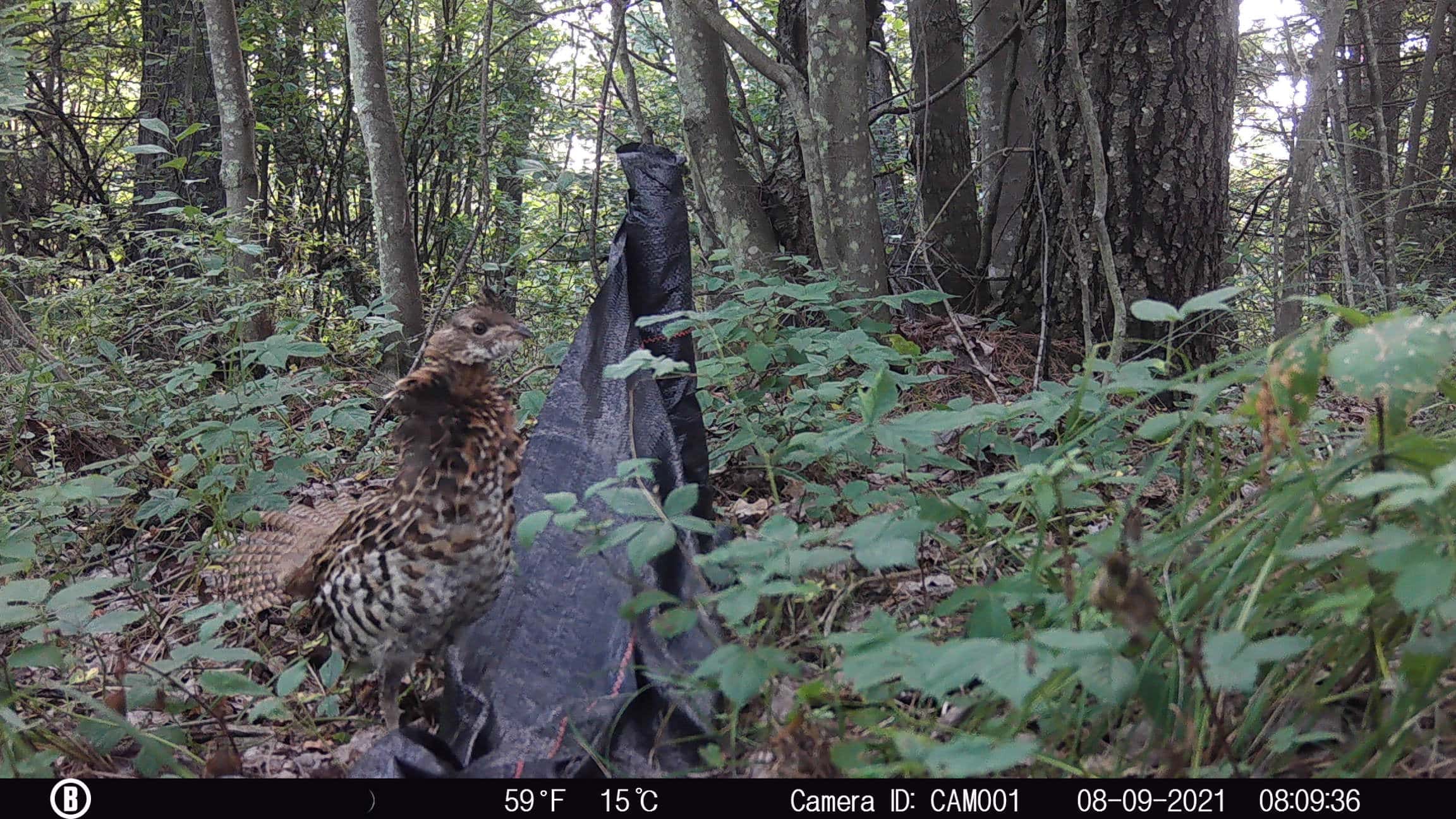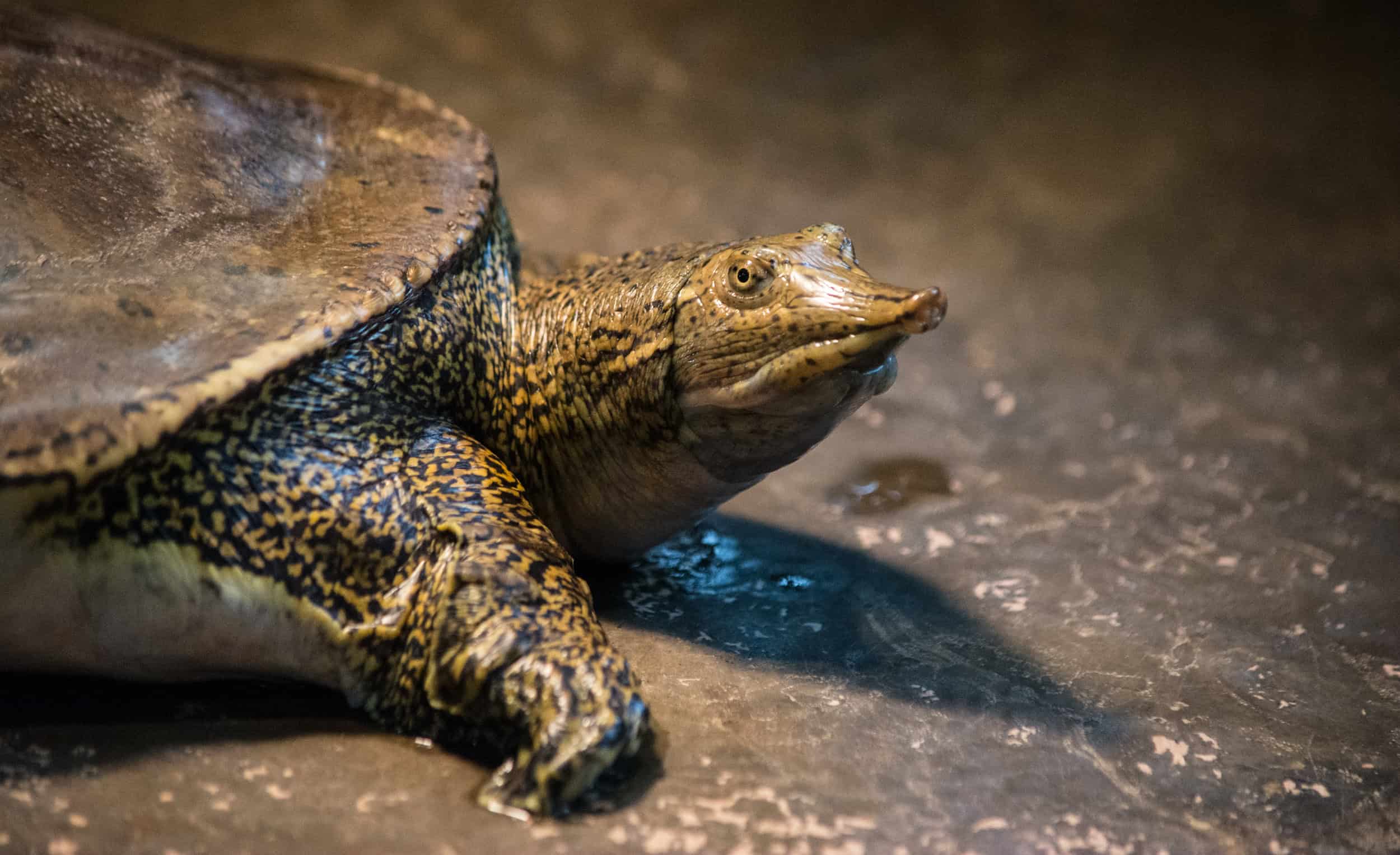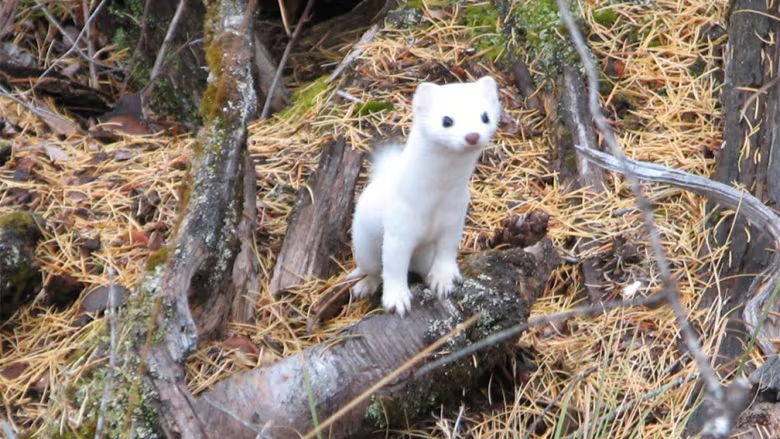Share this article
Wildlife Featured in this article
- Bobcat
Bobcat prints lead to genetic clues about the species
Researchers collected eDNA from tracks
One Sunday morning, Dave Duffy’s kids told him they had just seen a bobcat through the window of their home near the University of Florida’s Whitney Laboratory for Marine Bioscience outside St. Augustine, Florida. They knew their dad— a professor at the Whitney Lab—would want to know, because they had helped him countless times take samples of animal tracks in hopes of studying the creatures that left them.
Initially skeptical—bobcats (Lynx rufus) are rarely spotted during the day out in the open—Duffy eventually went to check and there they were: six clear bobcat prints in the sandy soil. With his kids’ help, he scooped up small soil samples from the footprints and tucked them away for later.
In their latest research published in the journal Biological Conservation, Duffy and his team showed that they could recover bobcat DNA from the tracks. In collaboration with the Jacksonville Zoo and Gardens, they also showed that DNA recovered from bobcat pawprints can be used to determine the animal’s ancestral background and even identify its unique microbial community. All from the errant environmental DNA left behind long after the animal has left.
This kind of information can help scientists better understand species that are usually difficult to track.
“Bobcats, like many other species, are experiencing changes in their ranges, mostly due to humans,” said Duffy. “Being able to track where they are, what habitats they’re using, and what areas they’re in can help inform better management.”
Header Image: DNA recovered from bobcat pawprints can yield important information about the species. Credit: Grayson Smith/USFWS








